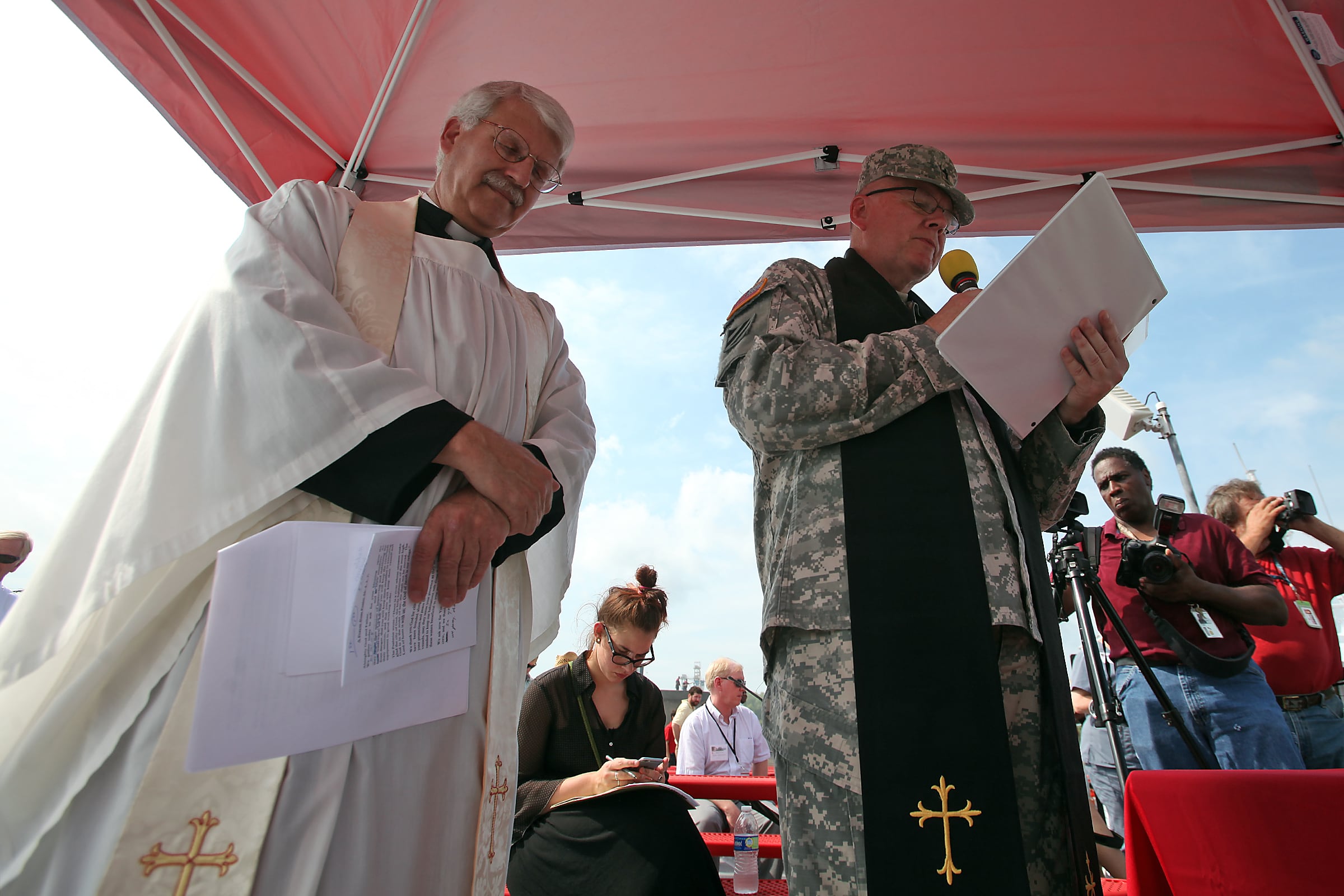As 2016 draws to a close, the Navy's personnel picture isn't exactly what the leadership wanted for 2017. But overall the service is in good shape, officials say.
Originally, the service had hoped to raise end strength in fiscal 2017, planning an active-duty force of 330,000 and holding at that level for the near future. But the reality of the fiscal 2017 budget process left them having to make slight cuts to get the force to 322,900 sailors by Oct. 1, 2017.
The good news is that as of Dec. 1, 2016, the service was just 900 sailors above that mark and officials have said all along that most won't even feel the cuts. Most of the remaining cuts will come in the enlisted force, which must trim by 664, dropping from today's 264,420 to 265,084.
When the cuts were announced this past spring, then-chief of personnel and now Vice Chief of Naval Operations, Adm. Bill Moran told Navy Times that the slight reduction would simply be handled by "natural attrition," a phrase used to describe slight tweaks in the numbers of those entering and leaving service, which number in the tens of thousands each year.
"We can modulate both the intake in accessions and the output on re-enlistments and retirements to easily deal with this difference in end strength," Moran told Navy Times this spring.
The cuts, he said, would not have an impact on the manning levels in the fleet because the Navy waterfront billet numbers were not changing, he said.
Officials have long said that stable end strength brings with it the ability to have stable advancement and reenlistment opportunity. During the most recent decade-long drawdown, end strength uncertainty often brought wide swings in numbers of advancements in the fleet. But over the past few years, annual opportunity has evened out and is hovering around a 20 percent shot of moving up on any given cycle.
Across the enlisted force in 2016, 21 percent, or 50,636 of the 238,549 sailors competing for advancement from E-4 through E-9, moved up.
For those E-6 and below, across the year's two active advancement cycles, 204,188 sailors tested and 44,464 moved up in rank — a 21.8 percent chance to move up. Advancement to E-7 through E-9 had slightly lower chances with 6,172 of 34,631 eligible sailors being selected by one of the three senior enlisted selection boards.
And with end strength remaining relatively stable now, expect the opportunity to advance to remain at or around those percentages through 2017, officials say.
The remaining variable in the manpower picture is retention, and it has been for a number of years now, as the Navy has met or exceeded its retention goals in recent years.
Though officials have worried, sometimes aloud, that an improving economy might start to see those numbers dip, no such slide has materialized. In 2009, the Navy again exceeded 100 percent in its re-enlistment goals.
The Navy manages re-ups by what are called "zones," determined by a sailor's years of service. Sailors with up to six years of service are considered Zone A and the Navy hopes that 35.9 percent of those eligible to ship over in 2017 will do so.
In Zone B, up to 10 years of service, the service plans for 52.5 percent of eligible sailors to commit to another enlistment. That percentage jumps higher for Zone C, with the Navy wanting 61.8 percent of eligible sailors to ship over.
Mark D. Faram is a former reporter for Navy Times. He was a senior writer covering personnel, cultural and historical issues. A nine-year active duty Navy veteran, Faram served from 1978 to 1987 as a Navy Diver and photographer.





